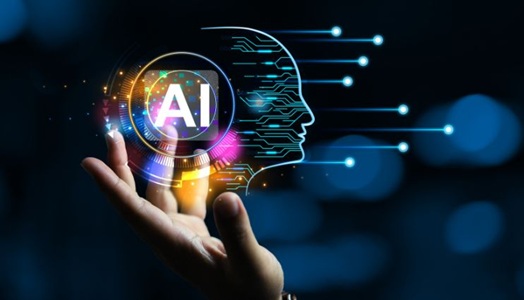Just a few years ago, Generative AI was a fascinating niche in the world of technology. Today, it's a revolutionary force that's reshaping industries, redefining creativity, and changing the way we work. As we look ahead to 2025, the pace of innovation isn't just continuing, it's accelerating. The trends emerging now are moving beyond simple text and image generation to create more integrated, intelligent, and impactful applications.
Here are the top 10 Generative AI trends to watch in 2025 that will define the next chapter of this technological revolution.

The lines between text, image, audio, and video are blurring. The most significant trend for 2025 is the rise of multimodal AI, where a single model can understand and generate content across different formats. Imagine giving an AI a written script and having it generate a complete video with visuals, a voiceover, and background music. Or, showing it a picture of your refrigerator's contents and having it generate a recipe and a shopping list. These integrated models will make AI interactions more natural and powerful, moving from single-task tools to holistic creative partners.
We're moving from AI that responds to AI that acts. Autonomous AI agents are systems that can take a high-level goal, break it down into tasks, and execute those tasks independently across different applications. For example, you could ask an agent to "plan a weekend trip to Goa for under ₹20,000," and it would research flights, find hotels, check reviews, and present you with a complete itinerary, all without step-by-step instruction. These agents will act as personal and professional assistants, automating complex workflows and boosting productivity.
Generative AI will supercharge personalization in everything from e-commerce and entertainment to healthcare and education. In 2025, expect to see:
Generative AI is becoming a powerful tool for scientific research and engineering. It's being used to:
While massive models like GPT-4 dominate headlines, a key trend for 2025 is the rise of smaller, highly specialized AI models. These models are trained for a specific task or industry (e.g., a model just for legal contract analysis or one for medical diagnostics). They are cheaper to run, faster, and can often outperform larger, general-purpose models on their specific task. This will enable more businesses to deploy AI solutions on-device (like on your smartphone) without relying on the cloud.
With great power comes great responsibility. As AI becomes more integrated into society, the focus on AI safety, ethics, and governance will intensify. In 2025, expect to see more robust techniques for:
For leaders and developers in this space, understanding these ethical dimensions is non-negotiable. This is why a top-tier IISc GenAI course (referring to programs from leading institutions like the Indian Institute of Science) would not only cover the technology but also delve deeply into the research and ethical frameworks required for responsible innovation.
The intelligence of Generative AI is moving beyond the screen and into the physical world. In 2025, we'll see more advanced robots that use generative models to understand and interact with their environment. For example, a robot could be told to "clean up the kitchen" and use its AI brain to recognize objects, understand how to grasp them, and decide where they belong. This will be a game-changer for manufacturing, logistics, and even home assistance.
Generative AI is already changing how software is made, but this trend will mature significantly. AI will move from being a simple "co-pilot" that suggests code to a more active partner in the development lifecycle. This includes AI-driven testing, debugging, and even high-level architectural design, allowing developers to build more complex and reliable applications faster.
Generative AI will continue to empower individual creators. In 2025, a single person will be able to produce content that once required a full studio. This includes generating animated shorts, composing professional-quality music, designing video games, and writing novels. This will lead to an explosion of new, diverse, and highly creative content.
As AI becomes ubiquitous, the most important trend of all might be the human one. AI literacy—a basic understanding of what AI is and how to use it effectively—will become a fundamental skill for almost every job. The demand for professionals who can not only use AI but also build, manage, and strategize with it will skyrocket. For anyone looking to future-proof their career, enrolling in a high-quality generative AI course will be one of the smartest investments they can make.
The Generative AI trends of 2025 point to a future where AI is more integrated, more autonomous, and more capable than ever before. This isn't a future where humans are obsolete, but one where our creativity and strategic thinking are augmented by powerful intelligent tools. The key to thriving in this new era is not to fear the change, but to embrace the opportunity to learn, adapt, and co-create a more innovative and efficient world.